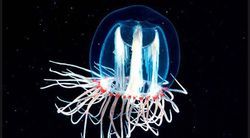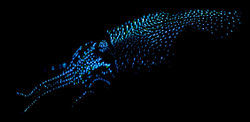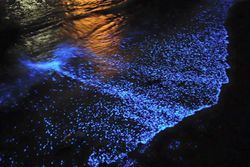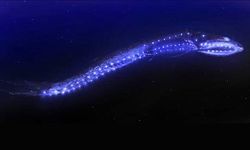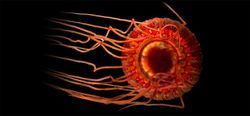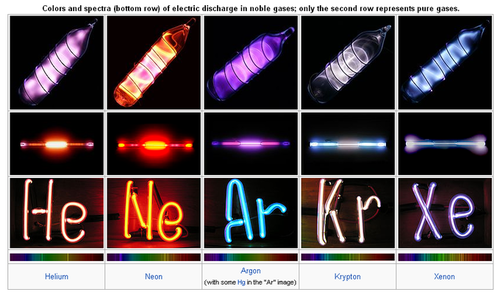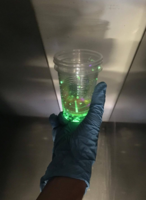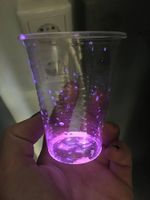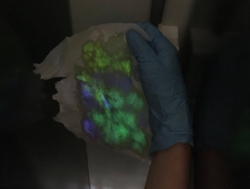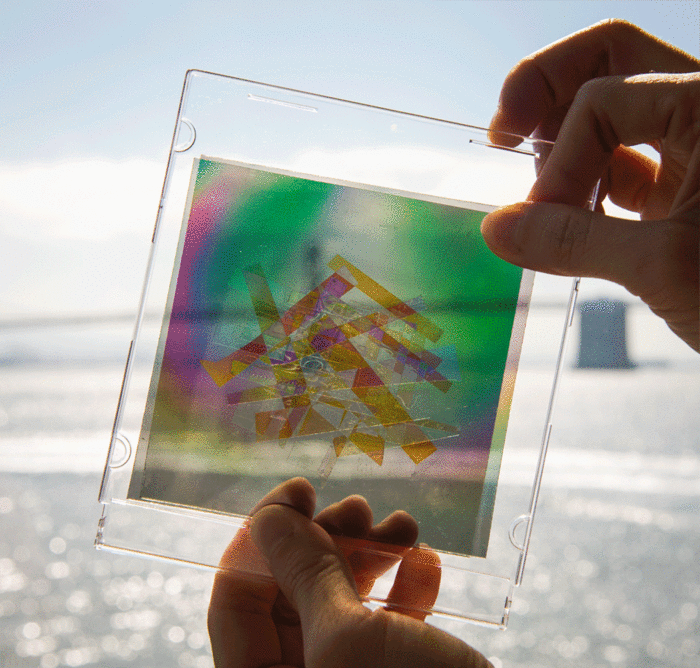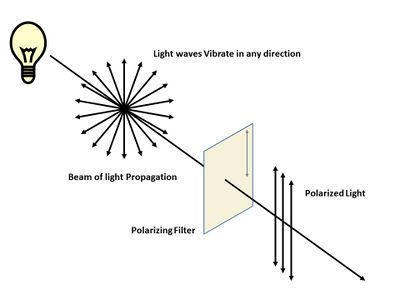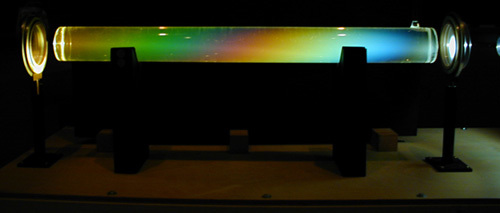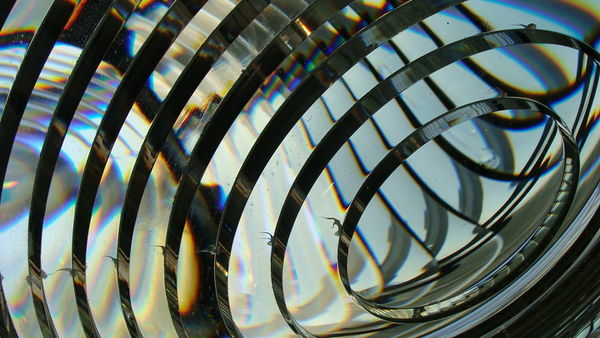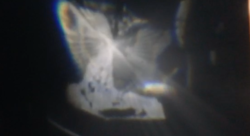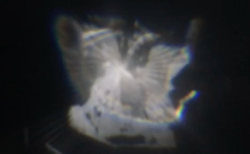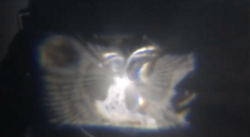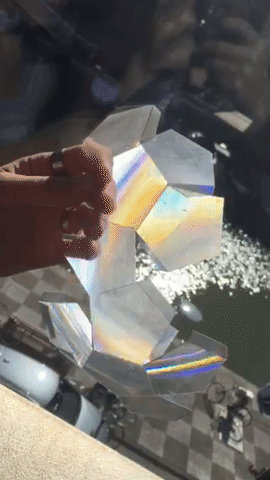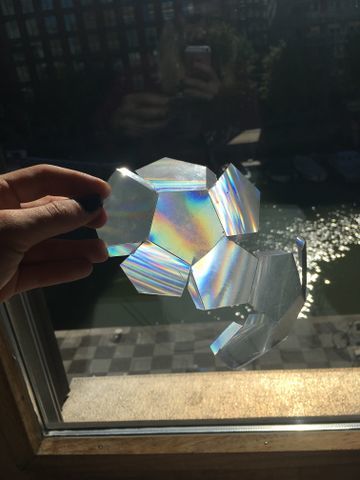* Light Radiation *
Light Radiation
--
Research
*** Bioluminescent creatures ***
Bioluminescence is the production and emission of light by a living organism. It is a form of chemiluminescence. Bioluminescence occurs widely in marine vertebrates and invertebrates, as well as in some fungi, microorganisms including some bioluminescent bacteria and terrestrial invertebrates such as fireflies. In some animals, the light is produced by symbiotic organisms such as Vibrio bacteria.
*** Northern Lights ***
The bright dancing lights of the aurora are actually collisions between electrically charged particles from the sun that enter the earth's atmosphere. The lights are seen above the magnetic poles of the northern and southern hemispheres. They are known as 'Aurora borealis' in the north and 'Aurora australis' in the south..
*** Neon Lights ***
A neon tube light is a sealed glass tube with a metal electrode at each end, filled with one of a number of gases at low pressure. A high potential of several thousand volts applied to the electrodes ionizes the gas in the tube, causing it to emit coloured light. The color of the light depends on the gas in the tube.
Experiment #1
The lights we investigated are all coloured lights that become visual trough a chemical reaction. For this experiment we used glow sticks that consist of a translucent plastic tube containing isolated substances that, when combined, make light through chemiluminescence. We wanted to know if we could obtain these substances separately in an attempt to have more control over when and in what shape or form the illuminance would take place.
>>
[[https://www.behance.net/gallery/43758019/NEON-4K
]]
--
Research
*** Polarized Lights ***
Using transparent tape and polarizing material, you can make and project beautifully colored patterns reminiscent of abstract or geometric stained-glass windows. Rotating the polarizer as you view the patterns makes the colors change. The waves that compose these two components are initially in step with each other. But as they travel at different speeds through the tape, they go out of step—that is, the crest of one wave no longer lines up with the crest of the other. When these out-of-step light waves emerge from the tape on the other side, they recombine, making light with a polarization different from that of the original light. "
Polarized Light Through Corn Syrup
Pensacola lighthouse glass lens
*** Fresnel Lens ***
A Fresnel lens is a type of compact lens originally developed by French physicist Augustin-Jean Fresnel for lighthouses. The design allows the construction of lenses of large aperture and short focal length without the mass and volume of material that would be required by a lens of conventional design. A Fresnel lens can be made much thinner than a comparable conventional lens, in some cases taking the form of a flat sheet. A Fresnel lens can capture more oblique light from a light source, thus allowing the light from a lighthouse equipped with one to be visible over greater distances.
Experiment #2
From our second research we focused on light that comes deformed by the use of a filter. I already had a fresnel a4 sheet at home and we started experimenting by shining light trough the fresnel in a dark room. We discovered that by moving the flashlight we could manipulate the shape of its reflection trough the lens. The fresnel also bended the wave length of the light and displayed multiple colours.
We experimented more with the colours that the fresnel would show by holding it in the sun. From these two experiments we were very interested in the way light could be deformed and the way light could be used as a tool to create and manipulate an image.
*** Strobe Light ***
A strobe light flashing at the proper period can appear to freeze or reverse cyclical motion. Special calibrated strobe lights, capable of flashing up to hundreds of times per second, are used in industry to stop the appearance of motion of rotating and other repetitively operating machinery and to measure, or adjust, the rotation speeds or cycle times. Since this stop is only apparent, a marked point on the rotating body will either appear to move backward or forward, or not move, depending on the frequency of the strobe-flash. If the flash occurs equal to the period of rotation (or evenly multiplied, i.e. 2*π*n/ω, where n is an integer and ω the angular frequency) the marked point will appear to not move. Any non integer flash setting will make the mark appear to move forward or backward, e.g. a slight increase of the flash frequency will make the point appear to move backward.
Strobe lighting has also been used to see the movements of the vocal cords in slow motion during speech, a procedure known as video-stroboscopy. A common use of a strobe flash is to optimize a car engine's efficiency at a certain rotational period by directing the strobe-light towards a mark on the flywheel on the engine's main axle. The strobe-light tool for such ignition timing is called a timing light. "
